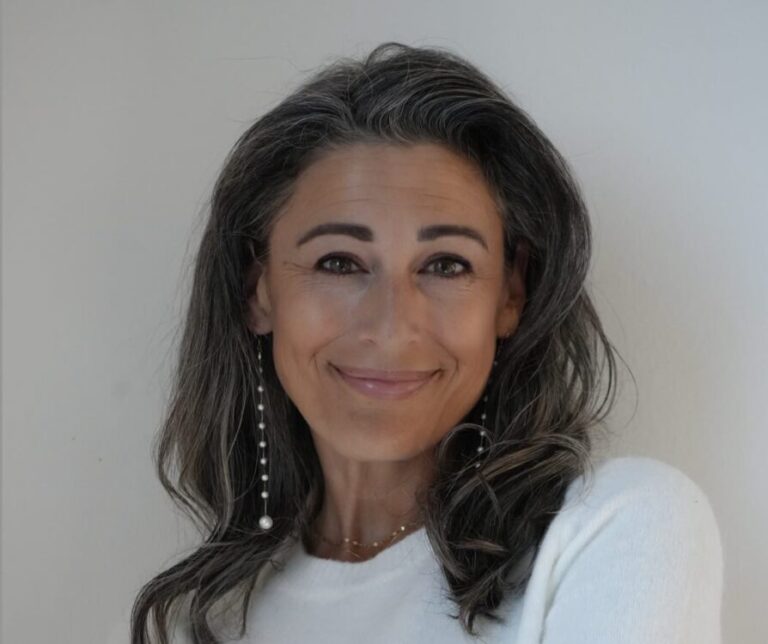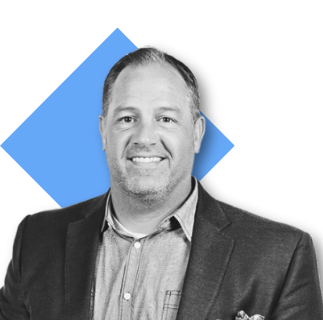In addition to designing and teaching university curricula, creating a state funded impact business accelerator, and running a green education/engineering consulting firm and co-working space she founded, Sophia has served as an intuitive strategist for a number of small and large companies and non-profits, as well as Universities and institutions. Her clients have included The Impact Hub Global Company, The Department of Education, the Department of Energy, the Department of Defence, SAIC, Johnson Controls, The University of Hawaii, The Academy of the Pacific, and dozens of diverse companies ranging from start-ups to large enterprises. She has a honed connection to the Angelic Realm and has worked with 150+ conscious CEOs and leaders in 25 countries who also want to optimize their work and develop their access to higher wisdom to more efficiently and meaningfully Guide their businesses, organizations, and lives. She is the author of multiple books and speaks globally.
Company: Conscious Research Institute Inc.
We are thrilled to have you join us today, welcome to ValiantCEO Magazine’s exclusive interview! Let’s start off with a little introduction. Tell our readers a bit about yourself and your company
Dr. Sophia Trevenna: As an executive advisor and consultant, I work with CEOs who want to merge their spiritual and work selves into real purpose and impact through their companies.
How has your approach to leadership evolved to meet the changing expectations of today’s workforce, especially regarding remote and hybrid work?
Dr. Sophia Trevenna: I have always led with female qualities in male dominated industries while serving as an mechanical engineer, then professor, and then CEO. I believe leading inclusively with empathy and collaboration and allowing for emergence in the planning process allow feminine qualities that are often squeezed out of the ethos of business to actually serve necessary masculine qualities including productivity and efficiency. I encourage the 100+ CEOs I’ve worked with to get to know the challenges and dreams of their employees and let them co-create their roles, deliverables, schedules and how they will work with their team and complete their tasks from home or in a unique hybrid work flow. Employee engagement is proven to directly affect the bottom line with studies showing high engagement increases profits by 20%, while low engagement decreases profits by 44%.
What specific strategies have you implemented to foster Diversity, Equity, and Inclusion (DEI) within your organization?
Dr. Sophia Trevenna: What I have found most results in DEI is a blind screening of employee candidates. When my 100+ CEO clients do not pay attention to gender or race and only focus on skills and team dynamics, they naturally end up with great DEI with the majority, not just half or less, but the majority of their leaders and team members being non-white and non-sis males. This requires an assessment protocol that interviews through email with generic names with candidates filling out answers to questions that directly assess how they have performed at important role related tasks, handle stress, work with teams, and what they aspire to. These answers can lead to a one week placement to see how the potential employee does in the role and team setting. Only then does hiring occur.
How do you keep your team engaged and motivated in a workplace culture that increasingly values flexibility and work-life balance?
Dr. Sophia Trevenna: In my ten member consulting firm, as soon as I had the whole team hired, I did a poll to find out when our weekly meetings would best work with all their calendars and when they could show up in their best energy. Everyone gave their top preferences, then their second. Rather than me setting the meeting times, we merged our preferences to meet weekly in a rhythm that felt nourishing to everyone. This autonomy in their schedule showed respect for the ways of being. The result also created dynamic team meetings with everyone energized, fresh and ready to go.
Next, I had everyone do tests like Strength Finders to discover their natural gifts, some of which they didn’t even know about. Next, we shared all our gifts with each other so we knew how to work with each other’s strengths. Then we discussed all the necessary tasks that needed to get done. We all worked together to determine who would work on what based on their interests and the new gifts they had just discovered that they had inside. Then we built roles with titles and descriptions based on the tasks they were taking on. Identifying clear roles instead of a hierarchy allowed for us to configure as a networked ecosystem of symbiotic support all focused on the north star mission of each project.
Next I conducted interviews to find out what individual mentoring or support they needed to fulfill their roles and express and grow in ways that fueled their passions. I also found out how they naturally liked to work including asking about what they loved and didn’t like about their previous work experiences and what made them excited and worried about doing this work in my company.
Realizing that an engineer on my team was a night owl, we decided he didn’t need to come to the morning energy audit assessments and would just work the afternoons. Then he would take the day’s data and would crunch the numbers overnight and have reports waiting for us in the morning. We also discovered that one of the quietest members had great visioning and strategy skills as a result of his Strengths Finder test. I started consulting him on high level strategy. With just a bit of mentoring, he flourished in sharing great ideas that really helped shape our projects.
I found out from one woman that her only concern about working for me was that she needed a leadership role on her resume. I asked her what that title would look like and what responsibilities she thought it would include. I looked at the upcoming projects and together we structured her role leading a complete sustainability audit of an entire high school. We worked together to design in detail how to implement the project. Then I didn’t step foot at that school and instead mentored her to lead the whole project. The team thrived and the school was thrilled with the quality of the work, which ended up finishing ahead of schedule.
What do you see as the biggest challenges in preparing for the future workforce, and how are you addressing them?
Dr. Sophia Trevenna: The future workforce wants to shape what they do and how they do it around their passions and sense of purpose. Their values must be aligned with the values of the company for them to be internally motivated. And since younger generations care about community and the planet, sustainability will have to be at the core of those values. There are a lot of false claims by companies that they are progressive or sustainable. Then when younger workers get hired, they find out it’s the same old authoritarian structure, pollution and exploitation of workers in other countries. Achieving the gold standard B Corp certification is one way prospective employees can be sure a company is really walking the talk before they get hired. All my companies have been B Corp certified and we attract the best, most dedicated employees that need no motivation and produce the best, most innovative work. It’s a win-win for everyone.
How has the shift toward digital and remote collaboration affected your company culture, and what adjustments have you made to maintain a strong, cohesive team?
Dr. Sophia Trevenna: I created and led a co-working space in my community specifically to address that challenge of remote collaboration. In this way my team had what I called “anchor meetings.” These are meetings that we must attend in person to coordinate our efforts through collaborative ideation and planning. Then everyone could work when and how they wanted to accomplished the deliverables by the dates we had all co-created. They could work at the co-working alone or together, or from home, as long as they delivered on time. It was very motivating, to work any way they wanted to. And since they had designed their own tasks and helped select the due date, I never once had anything come in late and it required absolutely no motivation or reward from me. It all came from the inner empowerment and fulfillment of each team member.






